What Is A Shark? Sharks are cartilaginous fish with remarkable adaptations and play crucial roles in marine ecosystems. At WHAT.EDU.VN, we provide you with comprehensive information about these amazing creatures, answering all your questions with ease. Learn about shark anatomy, behavior, and conservation, and discover interesting shark facts and trivia, with expert insights on their ecological importance and conservation efforts.
1. Sharks Lack Bones: Understanding Their Cartilaginous Structure
Sharks belong to a special group of fish called “elasmobranchs.” Instead of bones, they have skeletons made of cartilage, the same flexible material found in your ears and the tip of your nose. This makes their skeletons lighter, aiding in buoyancy along with large livers full of low-density oils. Sharks are closely related to rays, sawfish, and skates, all sharing this cartilaginous characteristic.
Even without bones, sharks can still fossilize. As they age, they accumulate calcium salts in their cartilage, making it stronger. These minerals, along with the enamel on their teeth, allow shark skeletal systems to fossilize effectively. The dried jaws of a shark feel heavy and solid, much like bone, showcasing the durability of their cartilaginous structure.
2. Shark Eyesight: Exploring Their Visual Capabilities
Most sharks possess excellent eyesight, allowing them to see well in dark environments, providing fantastic night vision, and even perceive colors. The back of a shark’s eyeball features a reflective layer called the tapetum lucidum, which enhances their ability to see in low-light conditions. This adaptation is crucial for hunting and navigating the ocean depths.
3. Electroreception: How Sharks Sense Their Environment
Sharks possess specialized electroreceptor organs known as the ampullae of Lorenzini, appearing as small black spots near their nose, eyes, and mouth. These organs enable sharks to detect electromagnetic fields and temperature shifts in the ocean, aiding them in locating prey and navigating their surroundings. This sensory ability is particularly useful in murky or dark waters where visibility is limited.
4. Shark Skin: The Texture of Dermal Denticles
Shark skin feels similar to sandpaper due to tiny, tooth-like structures called placoid scales, also known as dermal denticles. These scales point towards the tail, reducing friction as the shark swims through the water. This adaptation enhances their swimming efficiency and speed.
5. Tonic Immobility: Inducing a Trance-Like State in Sharks
When a shark is flipped upside down, it enters a trance-like state called tonic immobility. This phenomenon is often utilized by scientists when working with sharks in the water, such as when tagging sawfish. The sawfish is flipped over to induce this state, making it easier and safer to handle.
6. Shark Evolution: Tracing Their Ancient Origins
Based on fossil scales discovered in Australia and the United States, scientists believe sharks first appeared in the ocean approximately 455 million years ago. This makes them one of the oldest groups of vertebrates on Earth, predating dinosaurs by millions of years. Their long evolutionary history has allowed them to adapt to various marine environments.
7. Aging Sharks: Reading the Rings on Their Vertebrae
Scientists determine a shark’s age by counting the rings on their vertebrae, similar to counting rings on a tree. The vertebrae contain concentric pairs of opaque and translucent bands. Each band pair represents a year of the shark’s life. However, recent studies have shown that this method is not always accurate, and researchers must validate the deposition rate for each species and size class.
8. Blue Sharks: The Brilliant Blue Coloration
The blue shark is known for its striking blue color on the upper portion of its body, contrasted by a snowy white underside. While mako and porbeagle sharks also exhibit blue coloration, it is not as vibrant as that of the blue shark. Most other shark species are typically brown, olive, or grayish in color.
9. Whale Sharks: Unique Spot Patterns
Each whale shark’s spot pattern is as unique as a human fingerprint. Whale sharks are the largest fish in the ocean, growing up to 12.2 meters in length and weighing as much as 40 tons. Basking sharks are the second-largest fish, reaching lengths of up to 32 feet and weighing over five tons.
10. Spiracles: Breathing Adaptations in Sharks
Some shark species possess a spiracle, an opening located just behind the eyes, which allows them to draw water into their respiratory system while at rest. This is particularly useful for bottom-dwelling sharks like angel sharks and nurse sharks, which use this extra respiratory organ to breathe while resting on the seafloor. It is also used during feeding. Most sharks must keep swimming to pump water over their gills.
11. Shark Teeth: Diverse Shapes and Functions
Not all sharks have the same teeth. Mako sharks have very pointed teeth, while white sharks have triangular, serrated teeth. Each type of tooth leaves a unique mark on their prey. A sandbar shark can have around 35,000 teeth over its lifetime, constantly replacing them as they wear down or fall out.
12. Shark Reproduction: Varied Reproductive Strategies
Sharks exhibit a wide range of reproductive modes. Some species are oviparous, laying eggs that hatch outside the mother’s body, while others are viviparous, giving birth to live young. Oviparous species provide no parental care after the eggs are laid, while viviparous species may provide some level of care to their offspring.
13. Shark Conservation: Why Sharks Matter
Sharks play a crucial role in maintaining the health of marine ecosystems. As apex predators, they help regulate populations of other marine animals, preventing any one species from becoming overpopulated. This balance is essential for the overall health and stability of the ocean.
However, many shark species are threatened due to overfishing, habitat destruction, and bycatch (being accidentally caught in fishing gear). Shark finning, the practice of removing a shark’s fins and discarding the body at sea, is a particularly cruel and wasteful practice that has decimated shark populations worldwide.
Conservation efforts are essential to protect sharks and ensure their survival. These efforts include establishing marine protected areas, implementing fishing regulations, and raising public awareness about the importance of sharks.
14. Shark Attacks: Understanding the Risks
While shark attacks can be frightening, they are actually quite rare. According to the International Shark Attack File, the chances of being attacked by a shark are less than 1 in 11.5 million. Most shark attacks are cases of mistaken identity, where the shark mistakes a human for its natural prey.
To reduce the risk of shark attacks, it is important to avoid swimming in areas where sharks are known to be present, especially during dawn and dusk when sharks are most active. It is also important to avoid wearing shiny jewelry or bright clothing, as these can attract sharks.
15. Shark Habitats: Where Do Sharks Live?
Sharks inhabit a wide range of marine environments, from shallow coastal waters to the deep ocean. Some species, like the bull shark, can even tolerate freshwater and may be found in rivers and lakes. Different shark species are adapted to different habitats, depending on their feeding habits, reproductive strategies, and other factors.
16. Shark Feeding Habits: What Do Sharks Eat?
Sharks are carnivores, and their diet varies depending on the species. Some sharks, like the whale shark and basking shark, are filter feeders, consuming plankton and other small organisms. Other sharks are active predators, feeding on fish, crustaceans, marine mammals, and other sharks. The great white shark is known for its powerful jaws and ability to take down large prey like seals and sea lions.
17. Shark Anatomy: Key Features of Sharks
Sharks possess several unique anatomical features that make them well-suited to their marine environment. Their cartilaginous skeleton provides flexibility and buoyancy, while their streamlined body shape reduces drag and enhances swimming speed. Their skin is covered in dermal denticles, which protect them from injury and reduce friction. Their powerful jaws and sharp teeth are adapted for capturing and consuming prey. They also have specialized sensory organs, such as the ampullae of Lorenzini, which allow them to detect electromagnetic fields and locate prey.
18. Types of Sharks: Exploring Shark Diversity
There are over 500 known species of sharks, each with its own unique characteristics and adaptations. Some of the most well-known shark species include:
- Great White Shark: A large, powerful predator known for its attacks on marine mammals.
- Hammerhead Shark: Easily identified by its unique hammer-shaped head, which enhances its sensory abilities.
- Tiger Shark: A versatile predator with a reputation for eating almost anything.
- Bull Shark: A highly adaptable shark that can tolerate freshwater and is known for its aggressive behavior.
- Whale Shark: The largest fish in the world, a gentle giant that feeds on plankton.
- Mako Shark: One of the fastest sharks, known for its speed and agility.
- Nurse Shark: A bottom-dwelling shark with a relatively docile nature.
19. Shark Research: What Scientists Are Learning
Scientists are constantly learning new things about sharks through ongoing research. They study shark behavior, ecology, physiology, and genetics to better understand these fascinating creatures and develop effective conservation strategies. Some of the current research focuses on:
- Shark migration patterns: Tracking sharks to understand their movements and identify important habitats.
- Shark feeding habits: Studying what sharks eat to understand their role in the food web.
- Shark reproduction: Investigating how sharks reproduce to better manage their populations.
- Shark conservation: Developing strategies to protect sharks from overfishing and habitat destruction.
20. Sharks in Culture: Symbolism and Misconceptions
Sharks have been featured in mythology, folklore, and popular culture for centuries. They are often portrayed as fearsome predators, but they also symbolize strength, power, and resilience. It is important to separate fact from fiction and dispel common misconceptions about sharks. Sharks are not mindless killing machines, but rather complex and intelligent animals that play a vital role in marine ecosystems.
21. Shark FAQs: Addressing Common Questions
| Question | Answer | Source |
|---|---|---|
| How big do sharks get? | Size varies greatly by species. Whale sharks can reach over 40 feet, while some smaller species are only a few feet long. | National Geographic |
| How long do sharks live? | Lifespan also varies. Some species live only a few decades, while others, like the Greenland shark, can live for centuries. | NOAA Fisheries |
| Are all sharks dangerous to humans? | No. Most sharks are not dangerous to humans. Shark attacks are rare, and many species are not aggressive. | International Shark Attack File |
| What is shark finning? | Shark finning is the practice of removing a shark’s fins and discarding the body at sea. It is a cruel and wasteful practice that has decimated shark populations. | Oceana |
| How can I help protect sharks? | Support organizations that are working to protect sharks. Reduce your consumption of seafood, or choose sustainably harvested seafood. Avoid using products that contain shark-derived ingredients. | Shark Trust |
| What is the ecological role of sharks? | Sharks are apex predators that help regulate populations of other marine animals, preventing any one species from becoming overpopulated. They are essential for the overall health of the ocean. | IUCN Shark Specialist Group |
| Where do sharks live? | Sharks inhabit a wide range of marine environments, from shallow coastal waters to the deep ocean. Some species can even tolerate freshwater. | World Wildlife Fund |
| What are the biggest threats to sharks? | Overfishing, habitat destruction, and bycatch are the biggest threats to sharks. Climate change and pollution also pose significant risks. | Pew Charitable Trusts |
| Do sharks have any natural predators? | Larger sharks, such as orcas (killer whales), may prey on smaller sharks. Humans are also a major predator of sharks. | MarineBio Conservation Society |
| What is the difference between a shark and a ray? | Sharks and rays are both cartilaginous fish, but they have different body shapes. Sharks have torpedo-shaped bodies and their gills are located on the sides of their heads. Rays have flattened bodies and their gills are located on the underside of their bodies. | Monterey Bay Aquarium |
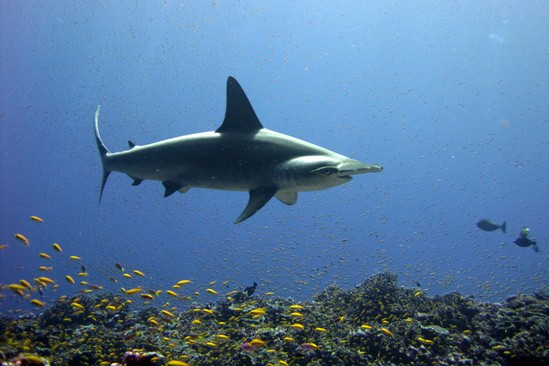
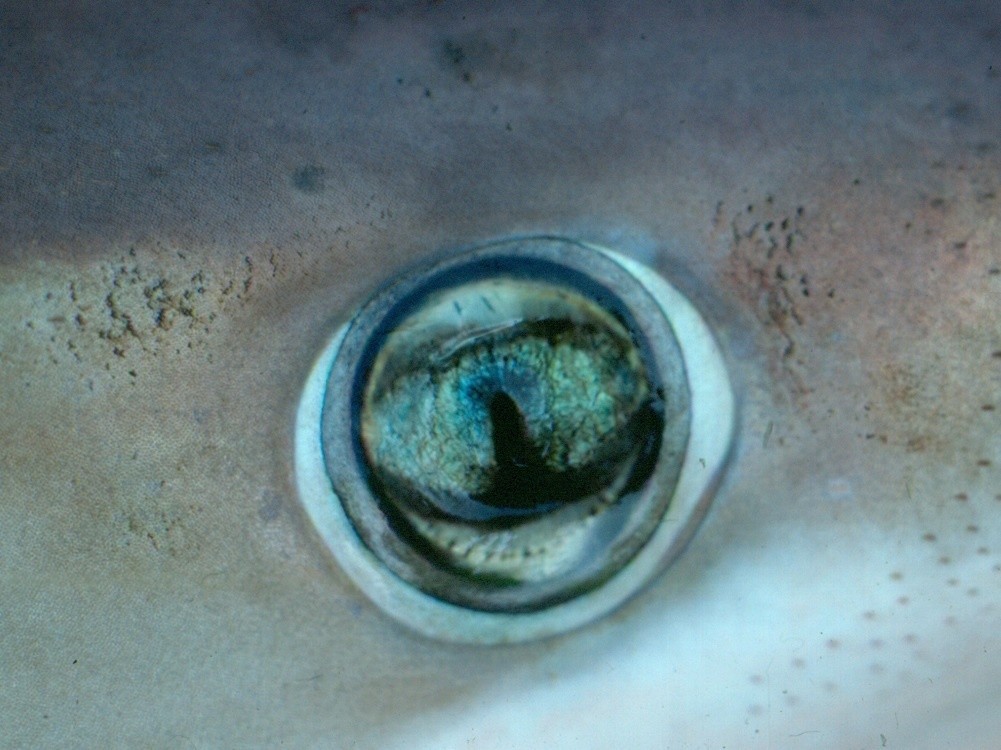

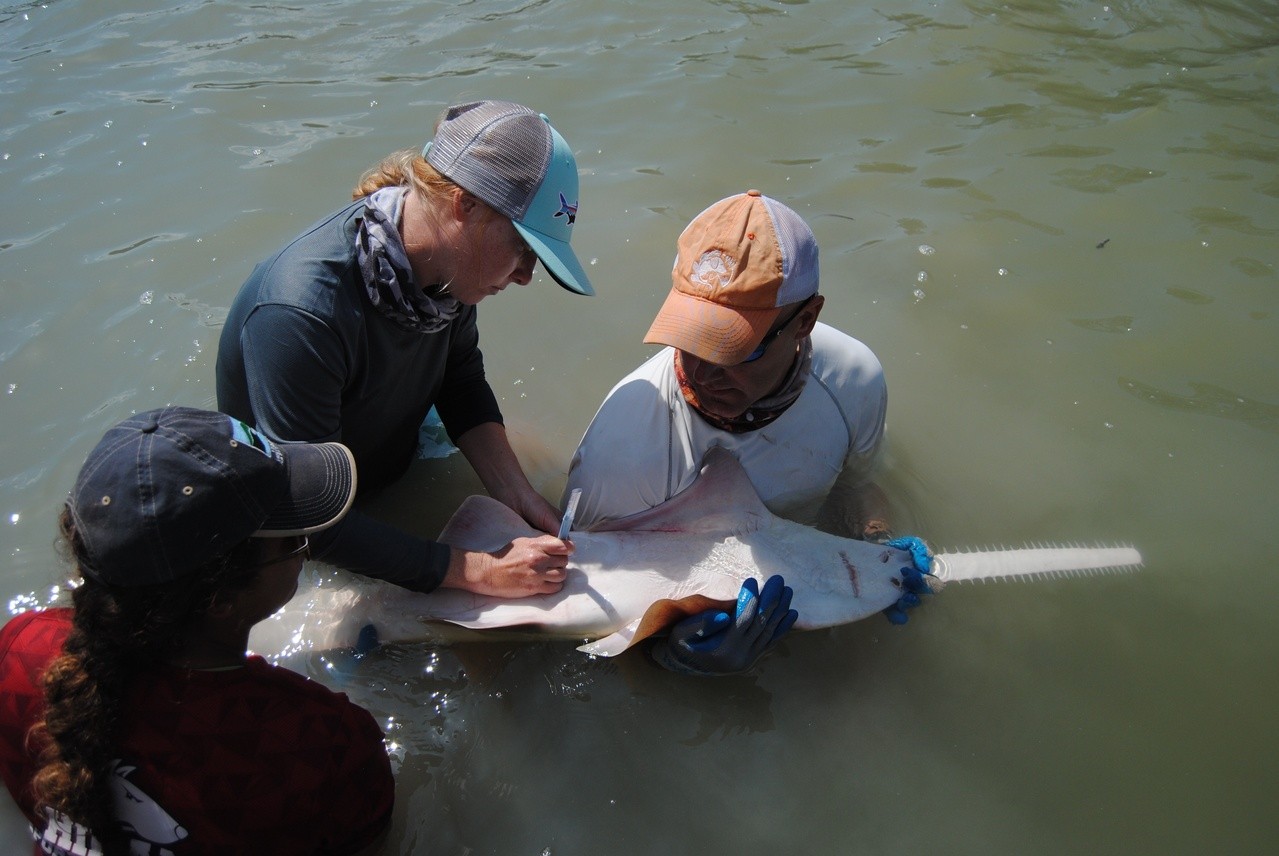

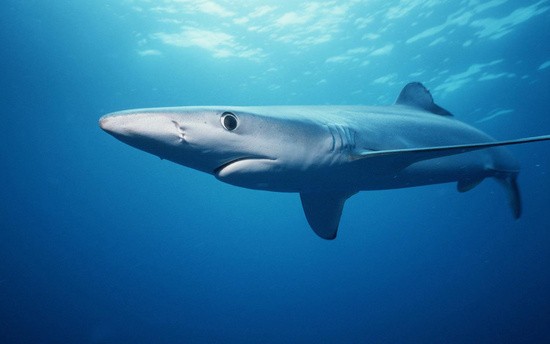
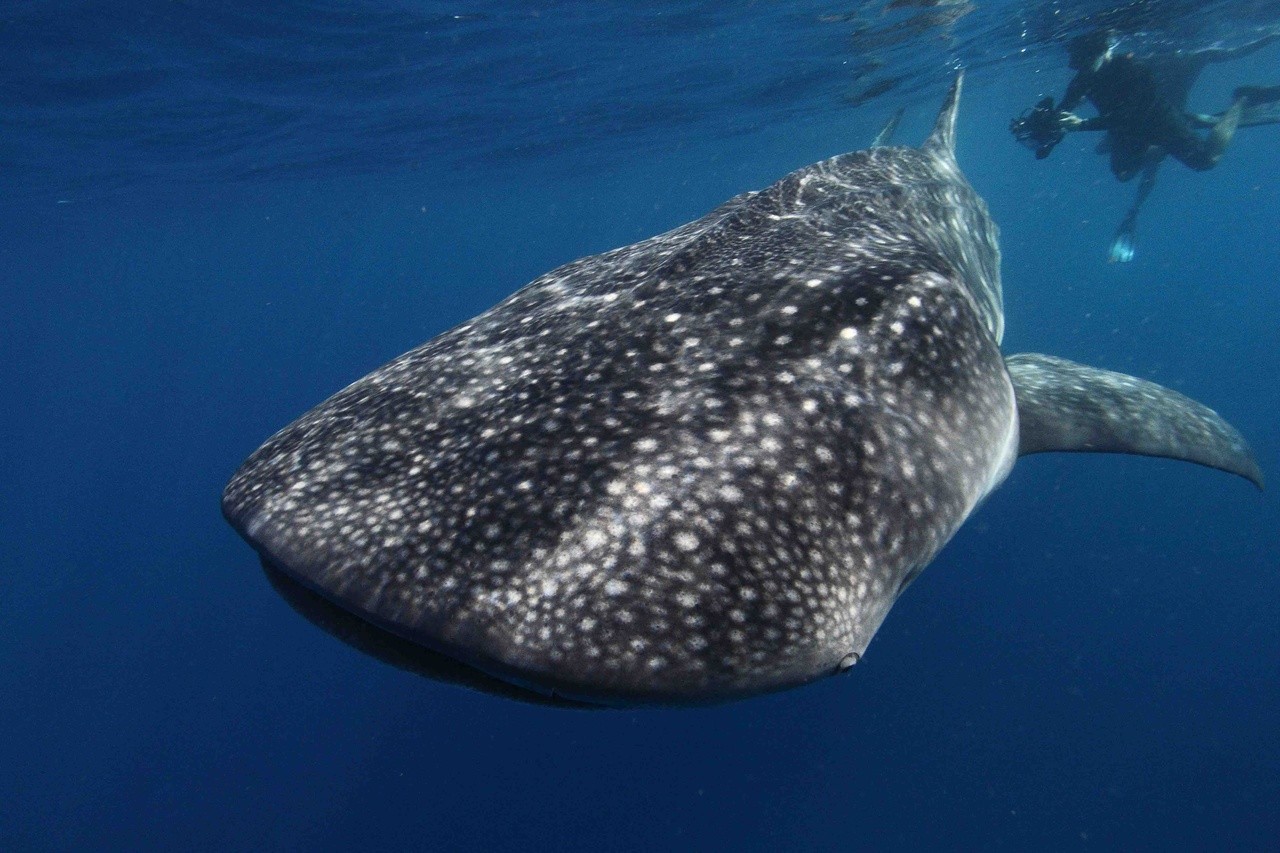
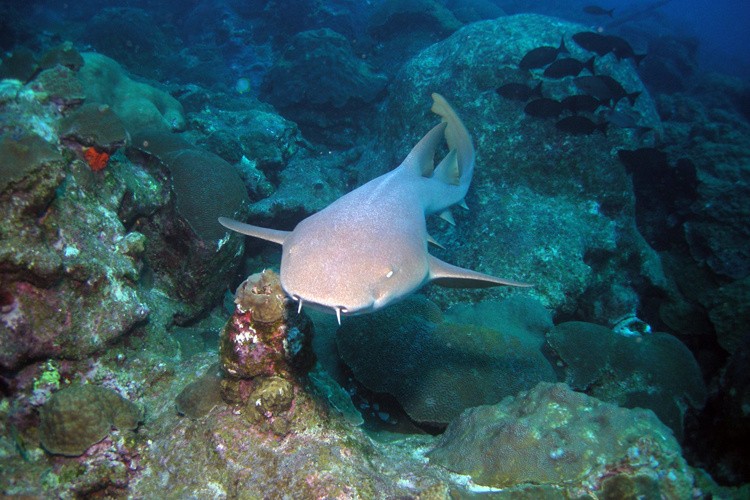
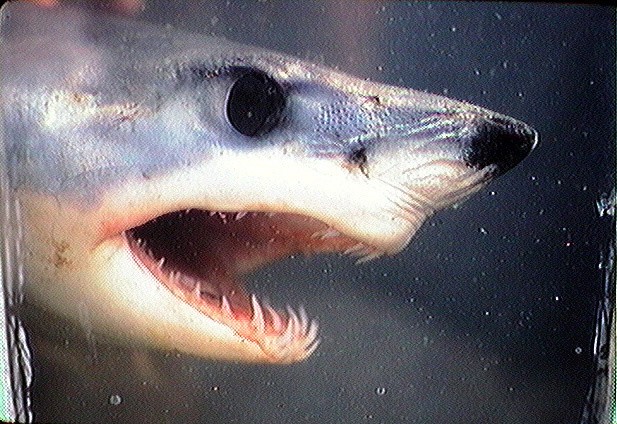
22. Unveiling More Intriguing Shark Facts
- Some sharks can live for over 100 years.
- Sharks have a sixth sense – they can detect electrical fields in the water.
- The cookiecutter shark takes perfectly round bites out of its prey.
- Sharks can replace their teeth throughout their lives.
- Some sharks glow in the dark.
23. The Future of Sharks: Conservation Efforts
The future of sharks depends on our ability to protect them from the threats they face. By supporting conservation efforts, reducing our impact on the ocean, and educating ourselves and others about the importance of sharks, we can help ensure that these amazing creatures continue to thrive for generations to come.
24. Learn More About Sharks with WHAT.EDU.VN
Are you curious about sharks and want to learn more? WHAT.EDU.VN is your go-to resource for reliable and comprehensive information about these fascinating creatures. Whether you’re a student, a researcher, or simply an ocean enthusiast, we have the answers you’re looking for.
At WHAT.EDU.VN, we understand the challenges of finding quick, free, and accurate answers to your questions. You might not know who to ask or where to search. You might worry about the cost of expert advice. That’s why we’ve created a platform where you can ask any question and receive timely, accurate, and easy-to-understand information.
Ready to dive deeper into the world of sharks? Do you have any burning questions about sharks or other topics? Don’t hesitate! Visit WHAT.EDU.VN now to ask your questions and receive free answers from our knowledgeable community. We’re here to help you explore the wonders of the ocean and beyond.
Contact us:
Address: 888 Question City Plaza, Seattle, WA 98101, United States
Whatsapp: +1 (206) 555-7890
Website: what.edu.vn
